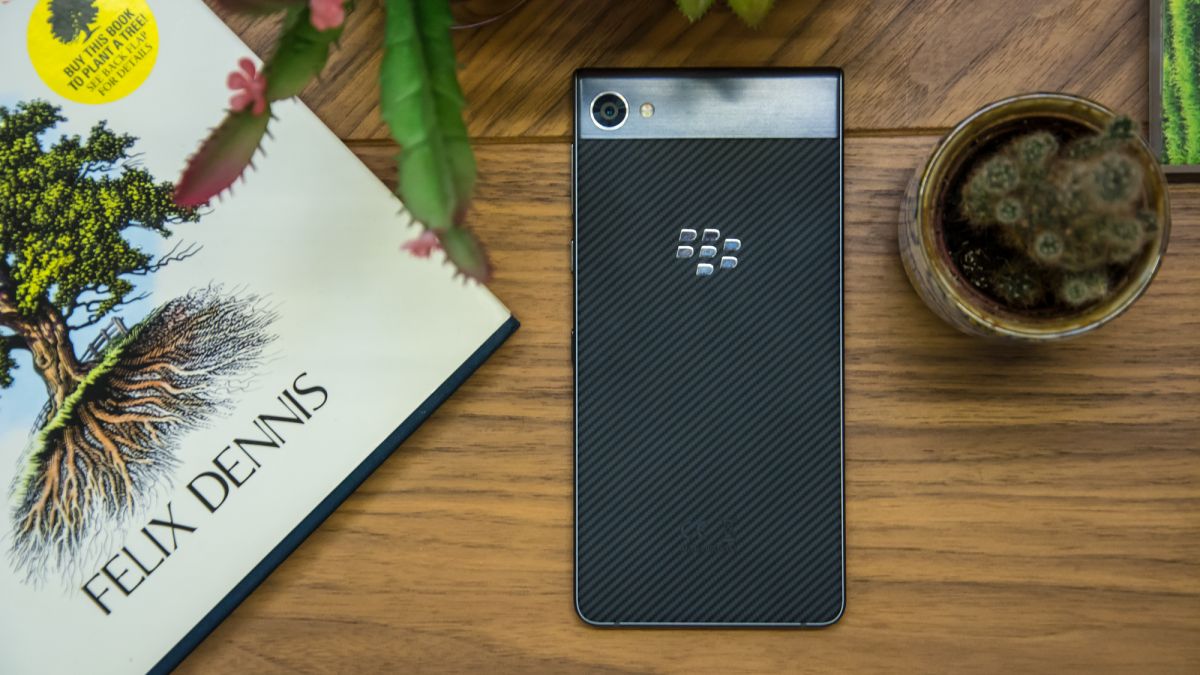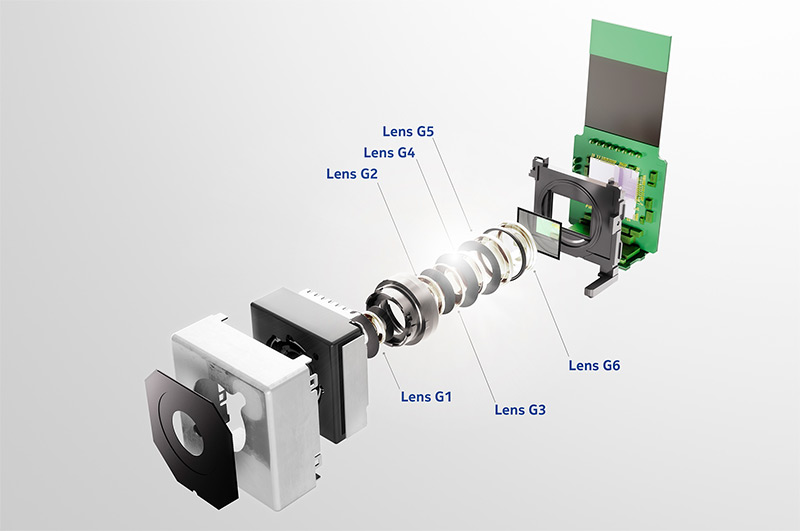Uncategorized
How a smartphone camera works
Now that smartphones have mostly replaced the point and shoot camera, mobile companies are scrambling to compete where the old imaging giants reigned supreme. In fact, smartphones have completely dethroned the most popular camera companies in photo communities at large like Flickr: which is a big deal.
But how do you know which cameras are good? How do these tiny cameras work, and how do they seemingly squeeze blood from a stone to get good images? The answer is a lot of seriously impressive engineering, and managing the shortcomings of tiny camera sensor sizes.
How does a camera work?
With that in mind, let’s explore how a camera works. The process is the same for both DSLRs and smartphone cameras, so let’s dig in:
- The user (or smartphone) focuses the lens
- Light enters the lens
- The aperture determines the amount of light that reaches the sensor
- The shutter determines how long the sensor is exposed to light
- The sensor captures the image
- The camera’s hardware processes and records the image
Most of the items on this list are handled by relatively simple machines, so their performance is dictated by the laws of physics. That means that there are some observable phenomena that will affect your photos in fairly predictable ways.
For smartphones, most of the problems will arise in steps two through four because the lens, aperture, and sensor are very small—and therefore less able to get the light they need to get the photo you want. There are often tradeoffs that have to be made in order to get usable shots.

How does a camera focus?
Though the depth of field in a smartphone camera’s shot is typically very deep (making it very easy to keep things in focus), the very first thing you need the lens to do is move its focusing element to the correct position to get the shot you want. Unless you’re using a phone like the first Moto E, your phone has an autofocus unit. For the sake of brevity, we’ll rank the three main technologies by performance here.
- Dual-pixel
Dual-pixel autofocus is a form of phase detect focus that uses a far greater number of focus points across the entire sensor than traditional phase-detect autofocus. Instead of having dedicated pixels to focusing, each pixel is comprised of two photodiodes that can compare subtle phase differences (mismatches in how much light is reaching opposite sides of the sensor) in order to calculate where to move the lens to bring an image into focus. Because the sample size is much higher, so too is the camera’s ability to bring the image into focus quicker. This is by far the most effective autofocus tech on the market. - Phase-detect
Like dual-pixel AF, phase detect works by using photodiodes across the sensor to measure differences in phase across the sensor and then moves the focusing element in the lens to bring the image into focus. However, it uses dedicated photodiodes instead of using a large number of pixels—meaning that it’s potentially less accurate and definitely less fast. You won’t notice much of a difference, but sometimes a fraction of a second is all it takes to miss a perfect shot. - Contrast detect
The oldest tech of the three, contrast detection samples areas of the sensor and racks the focus motor until a certain level of contrast from pixel to pixel is reached. The theory behind this is: hard, in-focus edges will be measured as having high-contrast, so it’s not a bad way for a computer to interpret an image as “in focus.” But moving the focus element until the maximum contrast is achieved is slow.
Courtesy of android authority

